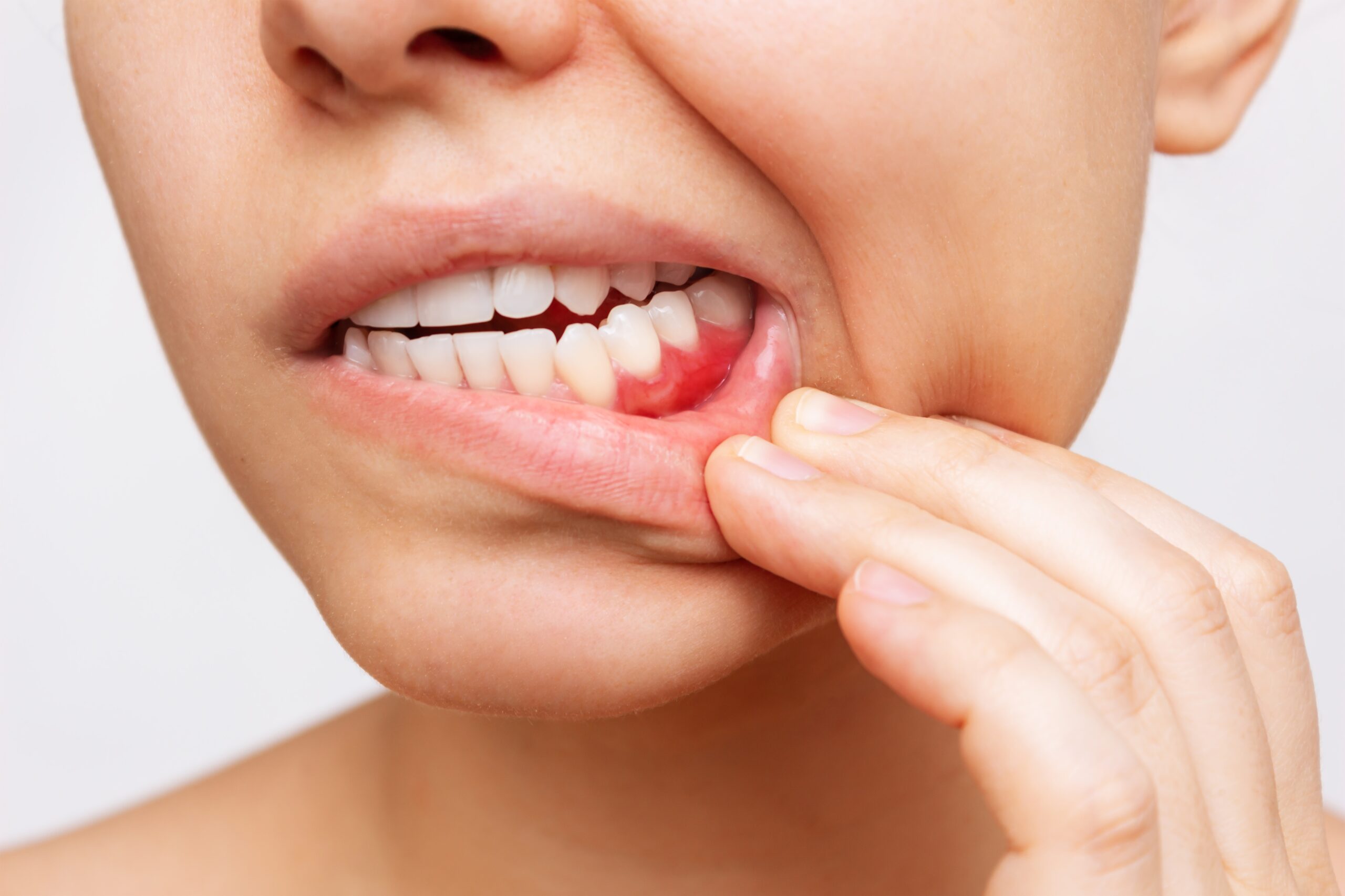Grinding or clenching your teeth are common habits that can wear down your teeth, damage dental work, and even cause jaw pain and headaches. If you’ve noticed soreness in your jaw, sensitivity to hot or cold, or unexplained wear on your teeth, you might be dealing with teeth grinding or clenching (bruxism).
This guide will explore what causes this behavior, how it affects your oral health, and what you can do to protect your smile.
What Is Bruxism?
Bruxism is the term used to describe repetitive teeth grinding or jaw clenching. This can happen during the day when you’re stressed or focused, or at night while you sleep. Many people don’t know they’re doing it. A routine visit to a dentist with signs of wear during a checkup is commonly how patients find out.
The pressure from grinding and clenching is strong enough to wear down enamel, loosen teeth, and crack or damage crowns and fillings. You might also feel tension in your jaw or wake up with a dull headache.
Why Do We Grind or Clench Our Teeth?
Stress is the most common cause of teeth grinding and clenching. Just like some people get stomach aches or breakouts during stressful periods, others clench or grind their teeth, even during sleep.
Other possible causes include:
- Caffeine, alcohol, or tobacco use
- Certain medications
- Misaligned teeth or bite issues
- Sleep or Breathing Disorders
- Recreational drug use
Understanding the root cause will help you figure out the best way to manage it. Your dentist can help identify what’s going on and guide you through next steps.
What You Can Do to Manage Teeth Grinding
Sometimes, becoming more aware of the habit is the first step to breaking it. If stress is a factor, relaxation tools like exercise, meditation, calming music, or warm baths before bed can make a real difference.
But if the grinding is happening during sleep, you may need some extra support:
Custom Nightguard
A nightguard is a thin, comfortable device you wear while sleeping. It prevents your teeth from pressing against each other and reduces strain on your jaw. Think of it as a shield for your smile, it helps prevent further damage and gives your muscles a break.
Bite Adjustments and Orthodontics
If your teeth don’t fit together properly, your dentist might recommend a bite adjustment. Your dentist does this by removing a small amount of enamel to reduce pressure on an individual tooth. In more serious cases, orthodontic treatment or tooth replacement might be an option to restore proper alignment and bite stability.
Airway Screening
If you are experiencing symptoms of teeth grinding especially during sleep, you may be exhibiting signs of a sleep or breathing disorder (like sleep apnea) that could be partially or fully blocking the airway during sleep. Events can trigger movement of the jaw to open the airway and restore breathing. It is important to review this with your dentist or a specialist.
What About Kids Who Grind Their Teeth?
If your child is grinding their teeth while they sleep, it is important to have a dentist check for underlying causes. Many factors like stress can play a role in your child’s tooth grinding, some more serious than others, like sleep or breathing disorders.
Keep Your Teeth Protected
Teeth grinding may be common, but it’s not something to ignore. With proper support whether through a nightguard, bite therapy, or stress reduction, you can protect your teeth and jaw, reduce pain, and improve your sleep. If you’re experiencing any symptoms or have questions, schedule a live video call with a Dentistry.One dentist today.




